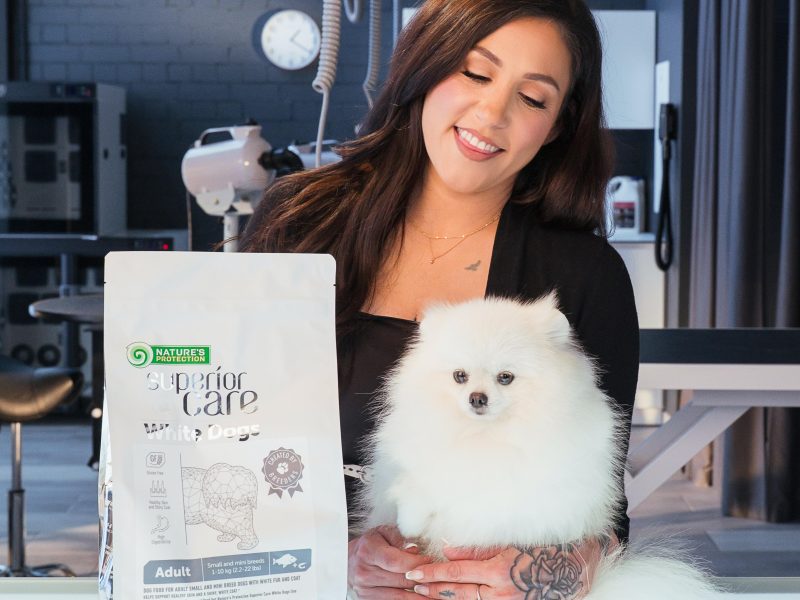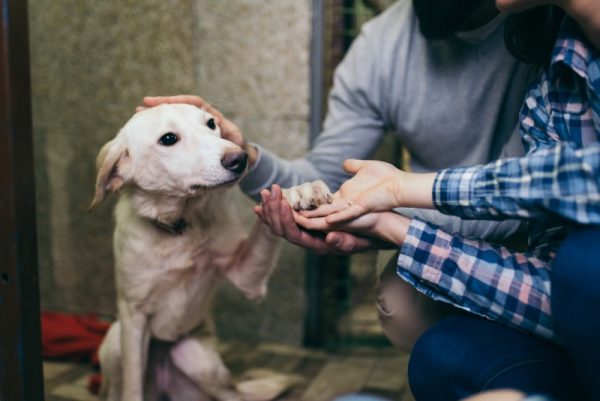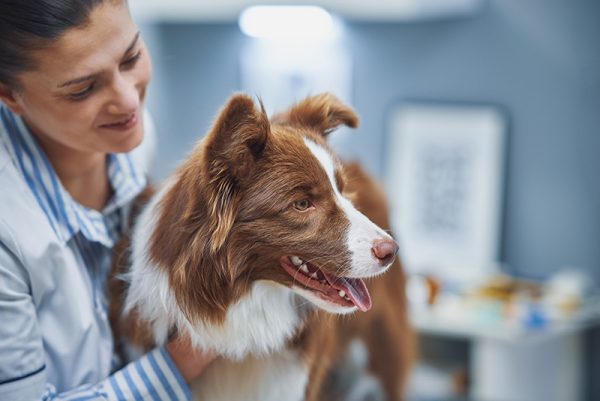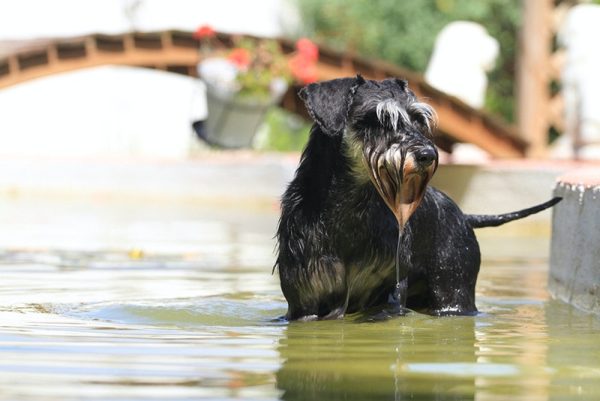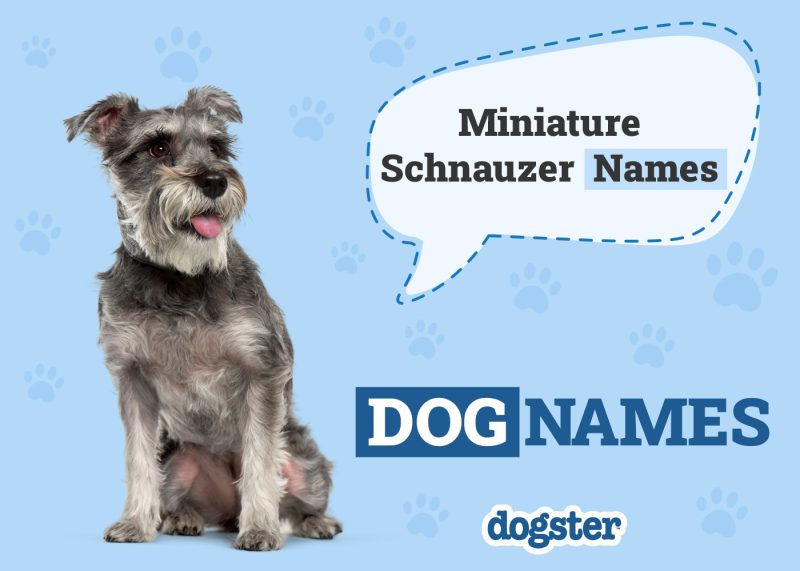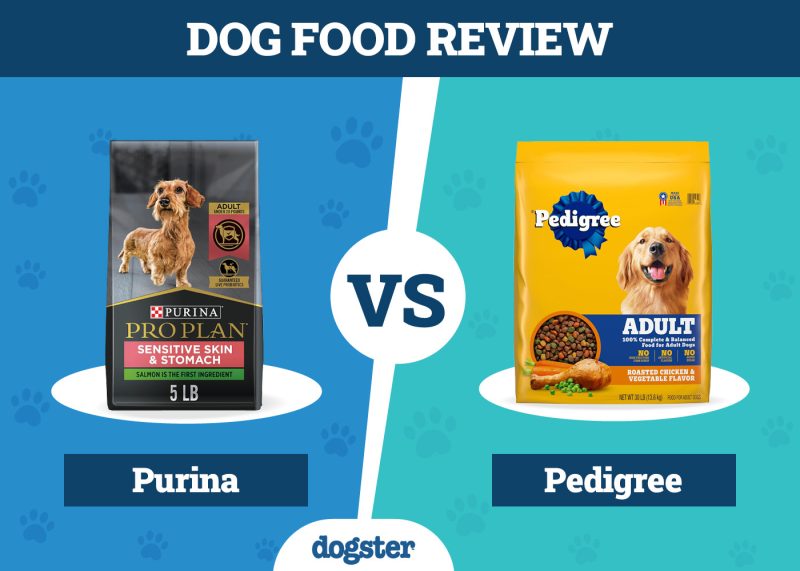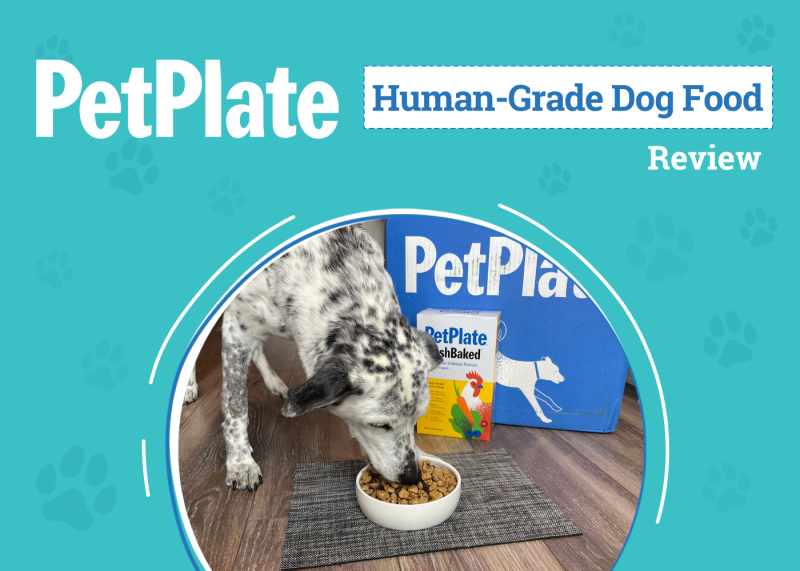The Dachshund is a lovable, spunky little breed that will keep you entertained with its quirky little behaviors and curious mind. One thing that Dachshund owners are familiar with is how cuddly and affectionate these love bugs can be.
It’s not unusual for these dogs to start pawing and digging at the blankets like crazy and then burrowing underneath for a lengthy snooze. You may even have to be careful not to sit or lay down on a bed of blankets to prevent harming your precious little wiener dog burrito.
Not all dogs display this particular behavior, so what is it about the Dachshund that makes them enjoy burrowing under the covers to sleep and snuggle? Let’s find out.

The 5 Reasons Why Dachshunds Burrow Under Blankets
1. Natural Hunting Instinct
Dachshunds may be small, cuddly companions nowadays but back when the breed was first developed in Germany, they were used for hunting games1. Small but fierce, the Dachshund still displays plenty of hunting dog behaviors.
Their short legs keep them close to the ground for scent-tracking purposes and their small, narrow bodies made it easy to crawl into burrows to flush out badgers, rabbits, and other prey animals. Since part of their original purpose is to dig and get into dark, tighter spaces, it makes sense that the breed has a natural affinity for digging and burrowing under blankets.
You may even notice this digging behavior isn’t just limited to nap time but is common during play, or even something they enjoy doing while out in the yard. Dachshunds aren’t the only breed that often likes to dig and burrow, it’s common among many other small terriers and hounds.
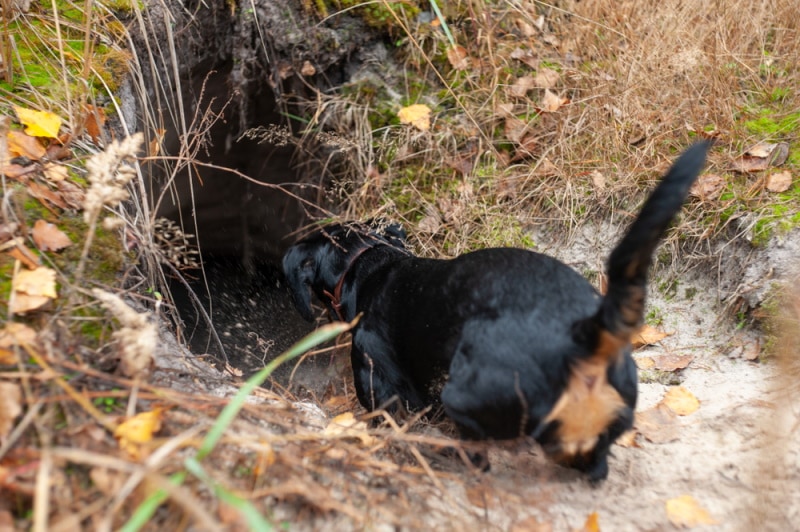
2. Comfort
Dogs are social pack animals by nature, so they often enjoy the comfort of being close to their beloved pack members. This can include both humans and animals within the household. If your Dachshund is happy to burrow under the covers with you, it means they consider you a close-knit, trusted companion.
You may also find that your pup will snuggle up under the blankets on its own, which isn’t unusual. Not only do the blankets carry their own scent, but they also have your scent and that of others within the home which is also a form of comfort. This is all in addition to the fact that getting all cozied up in snuggly blankets is comfortable on its own.
3. Security
Our domesticated dog’s ancestors settle down in caves, dens, and thick, forested areas to protect themselves from extreme weather conditions and predators. These natural behaviors have successfully been passed down to even the most pampered pups.
It’s completely normal for your Dachshund to seek security by burrowing under the blankets even though they are already safe and sound within the comfort of your home. Being snuggled up with their people also provides them with a sense of safety and security, which is another trait of a natural pack mentality.

4. Warmth
Have you ever noticed that your Dachshund begins to shiver when it’s chilly outside or in the house? They may even be hesitant or completely unwilling to go outside during cold or damp weather conditions. That’s because these little dogs are much more sensitive to the cold and wet than your average dog.
A lot of dog breeds are born with coats that come fully equipped to handle cold weather conditions and some even have water-resistant coats to protect from rain, snow, or regular swimming – the Dachshund is not one of them. Even the long-haired Dachshund’s coat isn’t equipped to handle inclement weather.
So, if your Dachshund is feeling a bit chilly it’s not unusual for them to want to burrow under the warm blankets to help regulate their body temperature and put a stop to those shivers. It’s a good idea to take precautions to keep your pup from becoming too cold. You can do this by not leaving them outdoors too long when it’s cold or rainy outside, drying them off thoroughly after a bath, swimming, or getting soaked in the rain, and keeping your home at a comfortable temperature.
5. Anxiety/Stress
Burrowing under blankets is generally not a behavior that is a cause for concern, but if your Dachshund is digging excessively and showing other signs of distress, something could be causing them a great deal of stress or anxiety.
Certain dogs will be more prone to stress and anxiety than others. Not only are Dachshunds known for experiencing separation anxiety but there are many other potential root causes of stress. Some examples of underlying stressors include loud noises, strangers, changes in routine, and being left alone.
Pay close attention to what’s going on in your environment when your dog is acting out, as it can help you determine what’s bothering them. If your Dachshund’s burrowing behavior seems excessive and is accompanied by other unusual behavior, it’s a good idea to reach out to your veterinarian to rule out any underlying medical conditions.
Once any health concerns are ruled out, you can discuss their behavior with your vet to gain a better understanding of what is going on in their world and how to help them. Once a root cause has been determined, there will be certain steps you can take to help alleviate the stress. You can also consult a professional trainer if you need help with certain behavioral issues.
- Whining
- Barking excessively
- Pacing or shaking
- Compulsive behaviors (digging, licking, chewing, grooming)
- Panting due to increased heart rate
- Drooling
- Yawning
- Tucked tail
- Ears pinned back or standing at attention
- Dilated pupils
- Hiding
- Acting out of character
- Excessive shedding

The 6 Things to Do When Burrowing Becomes a Problem
While burrowing under the blankets is a common behavior for Dachshunds that typically causes no problems, there are certain cases where burrowing can become excessive and destructive. Those sharp little claws can easily tear through the fabric of blankets, bedding, mattresses, carpet, furniture, and more.
If you find yourself having to replace too many blankets and other household items, you should consider different ways to channel this behavior to minimize the damage being done. Below are some tips and tricks to help get control of excessive digging and burrowing.
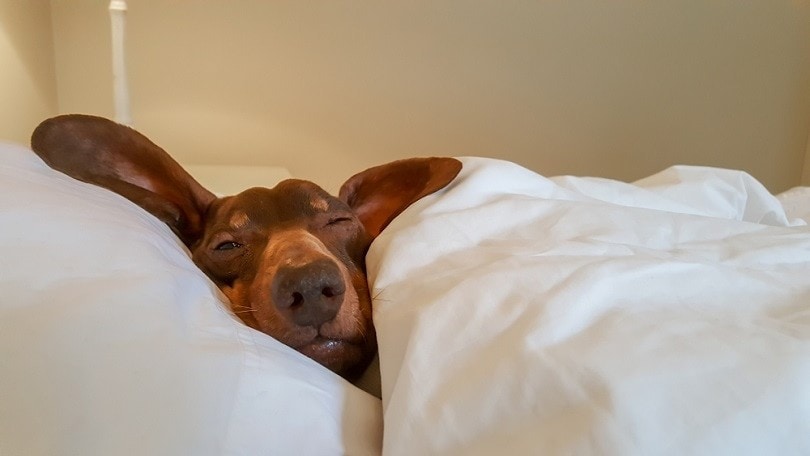
1. Keep Up with Daily Exercise
Every dog must get regular exercise to help maintain optimal health. Not only does it benefit them physically, but it’s also great for their mental health. Standard-size Dachshunds should get in at least an hour of exercise each day, while Miniature Dachshunds require at least 30 minutes per day. Your Dachshund does not need vigorous activity and will benefit greatly from daily walks or time set aside for playtime.
2. Provide Mentally Stimulating Toys
Interactive toys are a great way to decrease your dog’s stress, provide them with an energy outlet, ward off compulsive behaviors, and improve their overall mental health. Having a variety of challenging toys can also help treat common issues like separation anxiety, destructive tendencies, and other poor behaviors caused by boredom or loneliness.
There is no shortage of available toys on the market including puzzle toys, treat dispensing toys, chew toys, those that stimulate hunting behaviors, and even digging toys that provide an outlet for diggers and burrowers. There’s nothing wrong with having a variety on hand, either, as it prevents them from getting bored too easily.
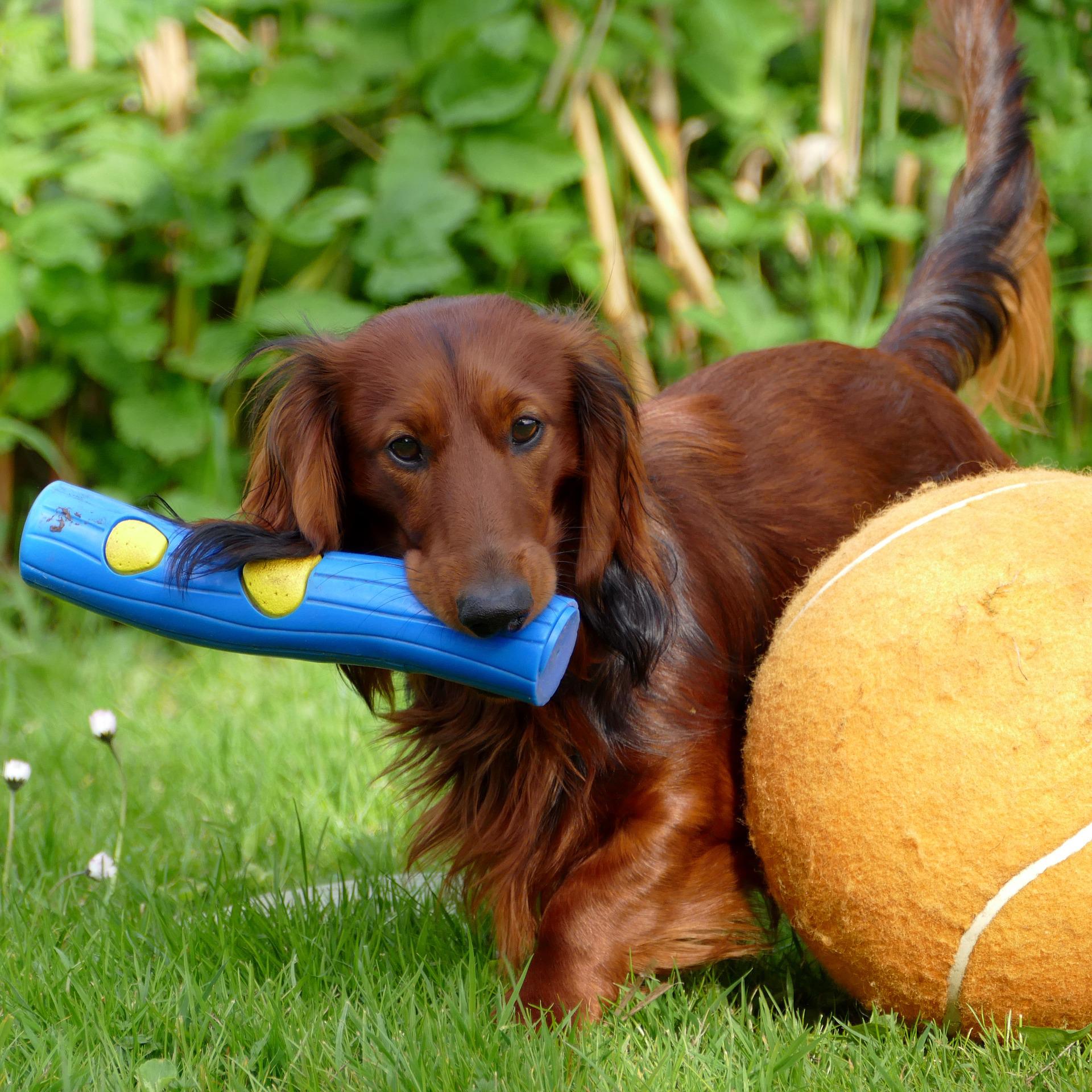
3. Implement Regular Training Sessions
While training is an important aspect of ownership that should be started as soon as your Dachshund is brought into the family, it’s a good idea to keep up with training sessions to ensure your dog is as well-rounded as possible.
Keep training sessions about 15 minutes or less to keep them from getting bored and use lots of positive reinforcement to make it an exciting, fun experience they can look forward to. This is a great way to bond with your dog while keeping their behavior in check.
4. Designate a Digging Area
Certain breeds are natural diggers, and Dachshunds are one of them. You may find it very challenging to put a halt to digging, so another trick is to redirect it to something other than your blankets and furniture.
It’s a good idea to find a place in your yard that your dog can use for digging and use it as a designated digging area. You should section it off, so they are aware of the digging boundary and train them to use this area as an outlet. Some owners use kiddie pools or sandboxes since they are sizeable enough for small breeds to use with ease.
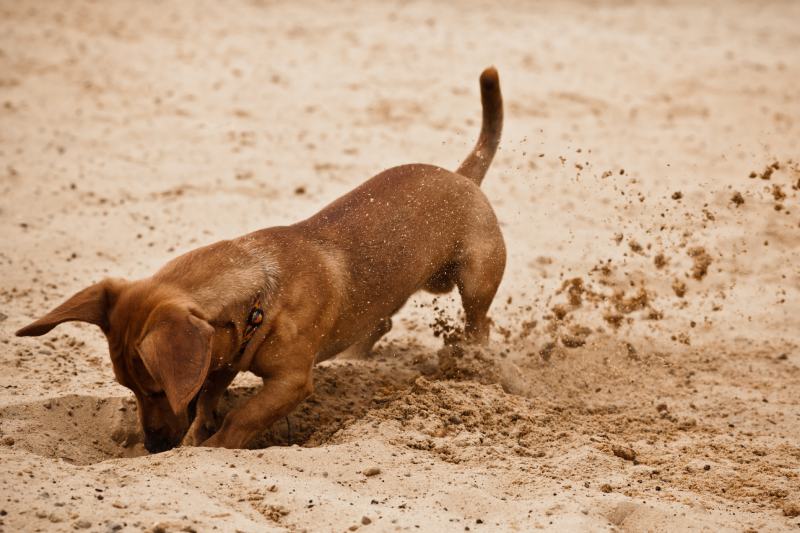
5. Try a Covered Dog Bed
If your Dachshund is all about digging under the covers and turning themselves into a little doggie burrito, you can try providing them with a covered dog bed. These beds are designed especially for this purpose and will give them the comfort and security they are looking for.
If your pup is used to sleeping under the covers with you already, it may be a challenge convincing them that their own bed is superior. After all, your bed comes with their favorite thing in the world – you.
6. Trim Nails Regularly
Keeping up with regular grooming is part of pet ownership. The Dachshund breed may not be very high maintenance when it comes to coat grooming, especially the smooth coat varieties, but regular nail trims are important for any dog.
Not only do you want to avoid their nails growing too long and becoming uncomfortable for them, but regular nail trims and filing can help minimize the damage done to blankets, carpets, and other pieces of furniture when they start burrowing.
Start trimming nails at a young age and do so regularly, this is the best way to ensure they are comfortable with the process, and it goes as smoothly as possible for everyone involved.

Conclusion
Dachshunds were bred for digging down into the burrows of various games to help hunters flush them out, so these behaviors are typical of the breed. Not only that, but dogs in general are social pack animals that find comfort in being close to their pack members and security within places like dens and other areas of shelter.
Many small dogs, especially terriers, hounds, and even toy breeds like to burrow under the covers for various reasons. These behaviors are typically no cause for concern unless it becomes destructive or is related to underlying stress.
Featured Image Credit: SM-BG, Shutterstock



